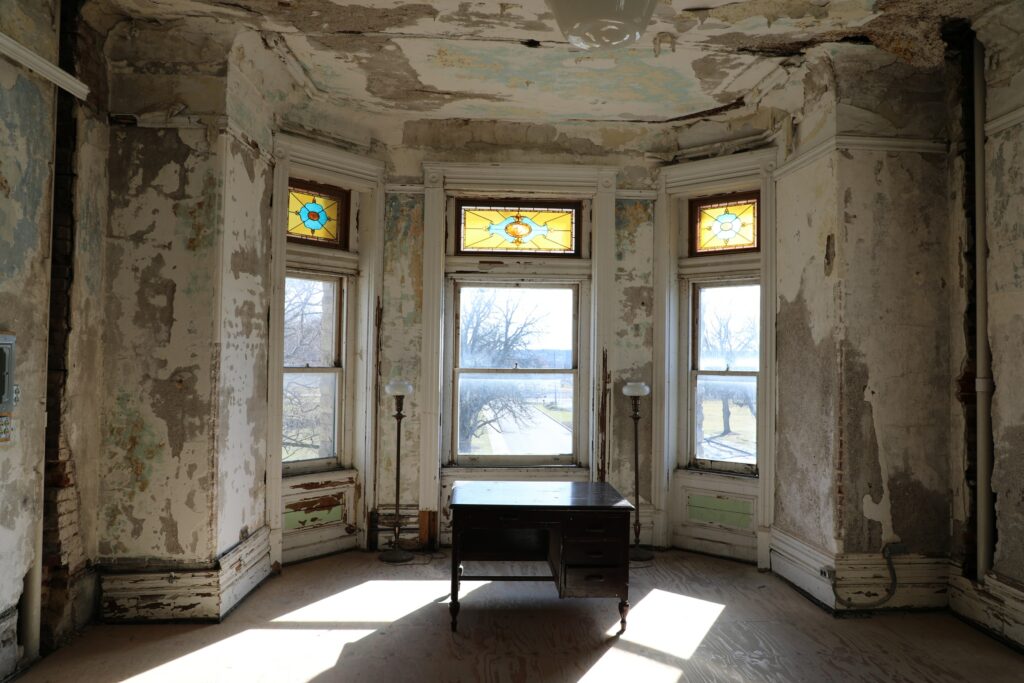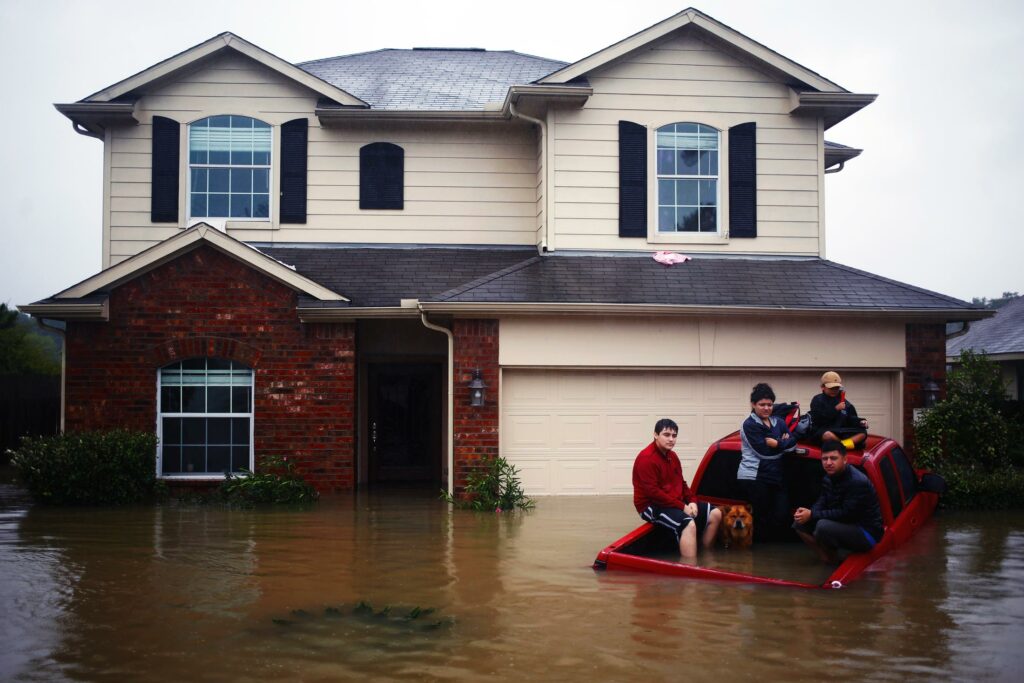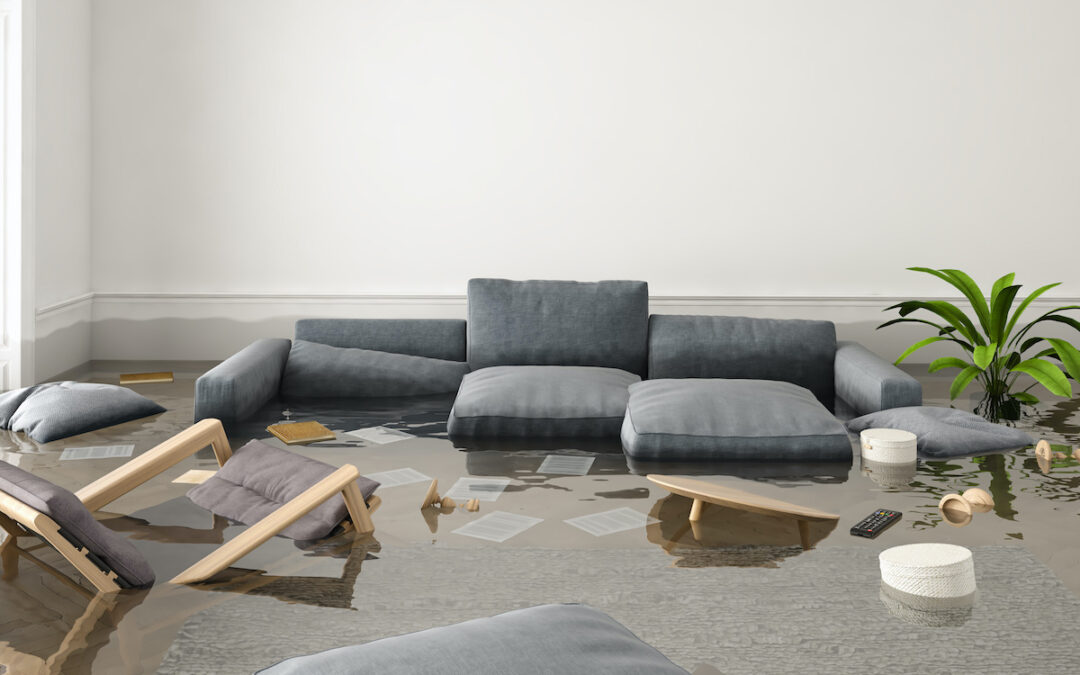Water damage can take you by surprise. It can be frightening but try not to be alarmed. Before more damage has been done, figure out a good strategy to get rid of the water. Whenever water is not instantly removed from a home, it can be very damaging.
When managing with a leaky pipe, there are a handful simple things to keep in mind. When dealing with just an emergency water leaks situation, keep the following points in mind.

Locate The Leak’s Origin
The first step is to locate the source of a water. When the source has also been identified, act quickly to attempt to prevent and slow the leak. The sooner you take action, the better. The most common causes of water damage are plumbing issues. This might be the result of a pipe burst or a steady leak that really has built up within the walls over time. Heavy precipitation can result in a direct leak. In the event of a flood, one must do all necessary to waterproof your property.
First And Foremost, There Is Safety.
The most critical precaution to take is to ensure your personal safety. Everytime remember to turn off your living area main power supply when dealing with an emergency water removal. Because water is indeed a good conductor of electricity, make sure you’re not at risk of electric shock before evaporating moisture from your home.
Moisture Buildup Is Reduced
Even after the water has been removed, there may still be dampness in your property. Moisture has the potential to cause just as much destruction as the water which has been removed. Excessive water can lead to mould build up, make decision and take the right procedures to make certain the home is fully dry by oxygenating the space.
Air Conditioner-induced Water Damage

If not maintained properly, air conditioners could cause water damage. Whenever a unit is operating at maximum efficiency, it can gather 10 to 20 gallons of water each day. Because the majority of the unit is hidden and out of sight, you may not notice the extent of the damage unless it has already progressed to serious water damage.
Drainage Line Blocked
Water should ideally drain from the condensate coil into the a collection pan before being thrown of into the sewers. However, if a drain becomes clogged, it can overflow, causing damage to flooring, carpeting, and the growth of dangerous moulds. If you’re ever uncertain about the type of mould you have, seek advice from a professional.
We take care of the items that surround your home so you don’t have to. Now is the time to contact us.


Recent Comments